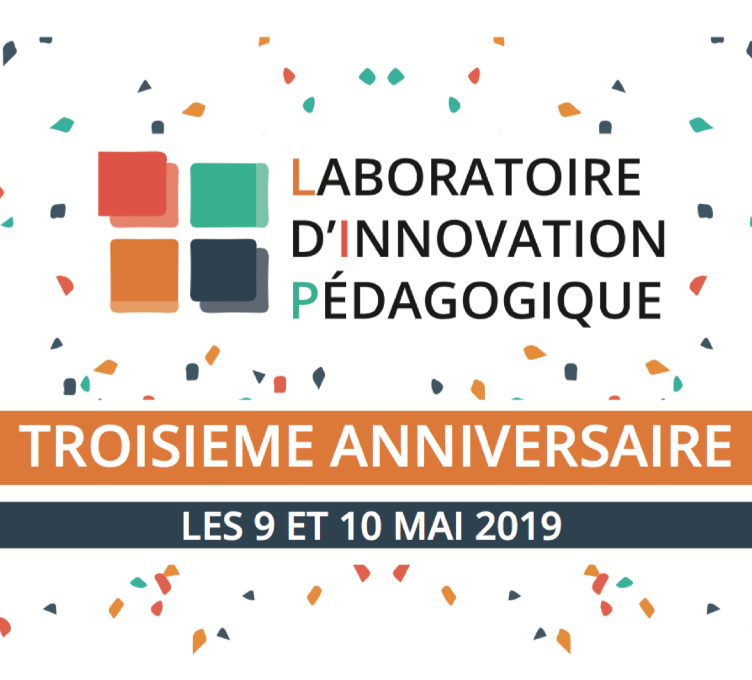Vidéo « Future Learning » (GOOD Magazine)
Pour ce billet de blog, je vous propose la vidéo « Future Learning » (Mini Documentary, GOOD Magazine, 2012)
Elle fait intervenir différentes personnalités (Sugata Mitra, Sal Khan, Catherine Lucey, Seth Weinberger, etc.) toutes impliquées dans l’innovation techno-pédagogique, à l’école ou à l’université, et se posant la question de ce qui constituera l’essentiel demain, pour l’apprentissage.
Je trouve ce petit documentaire très rafraichissant et également très profond ne serait-ce que par la liste d’arguments très relevants, que l’on peut faire au travers des différentes interventions, pour ce qui concerne des conditions fructueuses d’utilisation des technologies éducatives :
- « … my collection of little videos can be used for individual learners or in the classroom so that every student can work at their own pace. » (S. Khan)
- « The absence of the teacher in the presence of the Internet can become a pedagogical tool » (S. Mitra)
- « In order for educational technology to be successful in the classroom, we gonna have to marry the ecosystem the way technology works with the ecoystem of the classroom itself. The aim is to make the teachers do higher order things and the computers help for all the practice » (S. Weinberger)
- « … an environment with the computer where the student is actively engaged not just in memorizing facts but in working with faculty to really create knowledge » (C. Lucey)
- « There is a blurry line between playing and learning. It puts people mind into a relax state where learning can happen the easiest. » (D. Merrill)
- « I think the future of learning is really to add a new dimension to learning, that is the dimension of collaboration. » (R. Lang)
- « We hope that what we are doing is going to create a far more diverse group of university students because they will come at university with so much more self directed knowledge, so much more passion and so much more information about what they want to do. That’s the future. » (S. Weinberger)
J’ai beaucoup apprécié également la fin de la vidéo où S. Mitra résume ce qui, pour lui, constitue les 3 compétences dont il faut aider le développement dès le plus jeune âge : « The curriculum for the future must have three things in it. One, reading comprehension is the most critical skill at this time for a generation which will read screens for the rest of their lives. Then, information search and retrieval skills. And finally, how do we teach kids how to believe. As adults we have different mechanisms. It comes from different places. Sometimes we say it is obvious; sometimes because so and so told me. Sometimes, this is rubbish. What is the machine inside? If we can teach this very early, this will give the kids an armor against doctrine, not only religious but in all its forms. »
NB.
Il peut y avoir quelques erreurs de retranscription dans les propos cités dans ce billet de blog. On a fait cependant très attention à ne pas changer le sens de ces propos. Merci de votre compréhension.


